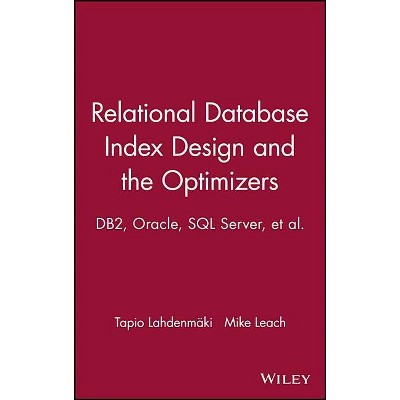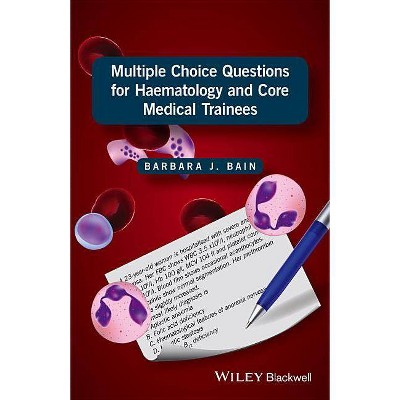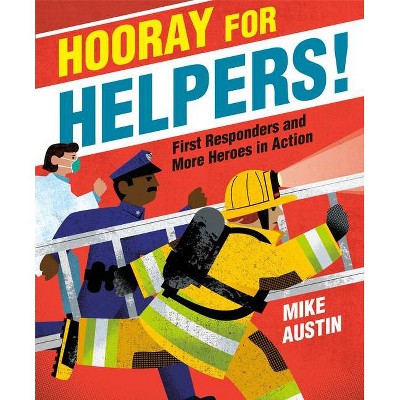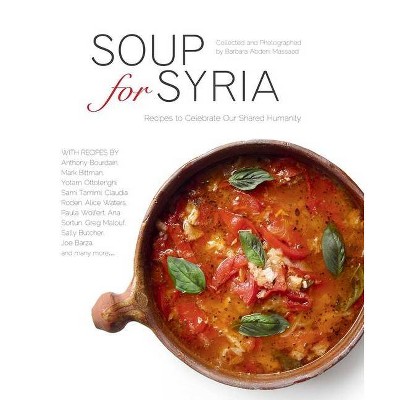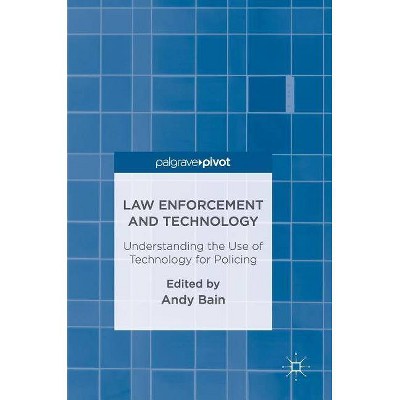Immunophenotyping for Haematologists - by Barbara J Bain & Mike Leach (Hardcover)
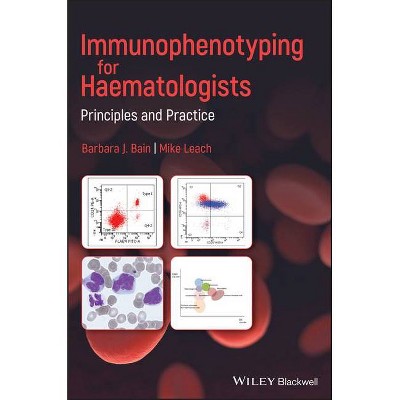
Similar Products
Products of same category from the store
AllProduct info
<p/><br></br><p><b> About the Book </b></p></br></br>"The increasing centralisation of specialised tests and the divorce of clinical and laboratory haematology in many countries means that many haematologists now have no direct contact with an immunophenotyping laboratory. Despite this, the results from the laboratory are often crucial in the management of their patients. This book is intended to help haematologists and trainees to understand and interpret immunophenotyping results. It is not directed at those working in an immunophenotyping laboratory and technical details are therefore outlined only briefly. Such laboratories may, however, find it a useful source of information. For further reading on the subject, see the bibliography of each chapter"--<p/><br></br><p><b> Book Synopsis </b></p></br></br><p><b>Offers clear and concise instruction on running</b><b>, reporting and interpreting immunophenotyping studies</b> </p> <p>Written by two well-known haematology educators and experts on the topic, <i>Immunophenotyping for </i><i>Haematologists </i>contains an introduction to running, reporting and interpreting immunophenotyping studies. The book<i> </i>offers a unique approach to the topic by putting the focus on clinical and laboratory haematologists who are not routinely involved in running and reporting on immunophenotyping studies. </p> <p>Immunophenotyping using flow cytometry has become the method of choice in identifying and sorting cells within complex populations, for example, the analysis of immune or neoplastic cells in a blood sample. The text reviews the purpose and principles of immunophenotyping and includes an introduction and explanation of the principles and the role of immunophenotyping. The authors examine immunophenotypic characteristics of the disease groups commonly encountered and identify the features that differentiate malignant cells from normal cells. To enhance understanding, the book contains multiple choice and extended matching questions which integrates immunophenotyping with clinicopathological features and the results of other investigations to mimic everyday practice. This important book: </p> <ul> Provides a concise introduction to running, reporting and interpreting immunophenotyping studies </li> Contains a list of all the antibody specificities currently widely used in diagnosis and disease monitoring </li> Presents an ideal reference for use in laboratories, including immunophenotyping laboratories </li> Aids in the interpretation by covering immunophenotypic characteristics of commonly encountered disease groups </li> Identifies the features that differentiate malignant cells from their normal counterparts </li> </ul> <p>Written for haematologists working in both laboratory and clinical haematology, <i>Immunophenotyping for Haematologists</i> is a much-needed reference for understanding and interpreting immunophenotyping studies. </p><p/><br></br><p><b> From the Back Cover </b></p></br></br><p><b>Offers clear and concise instruction on running, reporting and interpreting immunophenotyping studies</b> <p>Written by two well-known haematology educators and experts on the topic, <i>Immunophenotyping for Haematologists</i> contains an introduction to running, reporting and interpreting immunophenotyping studies. The book offers a unique approach to the topic by putting the focus on clinical and laboratory haematologists who are not routinely involved in running and reporting on immunophenotyping studies. <p>Immunophenotyping using flow cytometry has become the method of choice in identifying and sorting cells within complex populations, for example the analysis of immune or neoplastic cells in a blood sample. The text reviews the purpose and principles of immunophenotyping and includes an introduction and explanation of the principles and the role of immunophenotyping. The authors examine immunophenotypic characteristics of the disease groups commonly encountered and identify the features that differentiate malignant cells from normal cells. To enhance understanding, the book contains multiple choice and extended matching questions which integrates immunophenotyping with clinicopathological features and the results of other investigations to mimic everyday practice. This important book: <ul> <li>Provides a concise introduction to running, reporting and interpreting immunophenotyping studies</li> <li>Contains a list of all the antibody specificities currently widely used in diagnosis and disease monitoring</li> <li>Presents an ideal reference for use in laboratories, including immunophenotyping laboratories</li> <li>Aids in the interpretation by covering immunophenotypic characteristics of commonly encountered disease groups</li> <li>Identifies the features that differentiate malignant cells from their normal counterparts</li> </ul> <p>Written for haematologists working in both laboratory and clinical haematology, <i>Immunophenotyping for Haematologists</i> is a much-needed reference for understanding and interpreting immunophenotyping studies.<p/><br></br><p><b> About the Author </b></p></br></br><p><b>Barbara J. Bain, </b> MB BS, FRACP, FRCPath, AM, is Professor of Diagnostic Haematology, St Mary's Hospital Campus, Imperial College Faculty of Medicine and Consultant Haematologist, St Mary's Hospital, London, UK. <p><b>Mike Leach, </b> MB ChB, FRCP, FRCPath is Consultant Haematologist and Honorary Senior Lecturer, Haematology Laboratories and West of Scotland Cancer Centre, Gartnavel General Hospital, Glasgow, UK.
Price History
Price Archive shows prices from various stores, lets you see history and find the cheapest. There is no actual sale on the website. For all support, inquiry and suggestion messagescommunication@pricearchive.us


